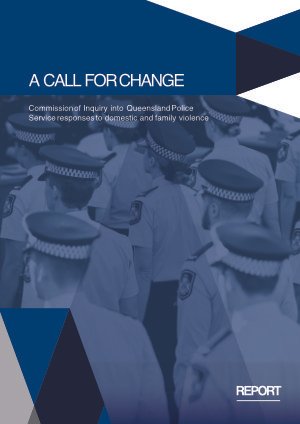By Danielle Keats Citron
For too long, cyber abuse has been misunderstood and ignored. The prevailing view is that cyber abuse is not “really real,” though in rare cases authorities take it seriously. Justices of the U.S. The Supreme Court, for instance, demanded and received extra protection for themselves after facing online threats, but, in oral argument, dismissed a woman as “overly sensitive” for reporting hundreds of threatening texts to law enforcement. In other words, protection for me (the powerful) but not for thee. For everyday women and minorities, cyber abuse is unseen and unredressed, due to invidious stereotypes and gender norms. Empirical proof now exists that makes non-recognition difficult to justify. Studies show that cyber abuse is widespread, the injuries profound, and disproportionately borne by women, who often have intersecting disadvantaged identities. (Hence, the moniker cyber gender abuse). After years of advocacy and scholarship, it pains me to acknowledge the continued invisibility of cyber gender abuse, but progress is possible if we recognize our failings and commit to structural reform. Internet exceptionalism must end for the businesses best situated to prevent destructive cyber gender abuse. Congress should condition the immunity afforded content platforms on a duty of care to address cyber gender abuse and eliminate the legal shield for platforms whose business is abuse. Companies must commit to safety by design as a core principle.
Yale Law Journal Forum, Forthcoming. Virginia Public Law and Legal Theory Research Paper No. 2023-57





















